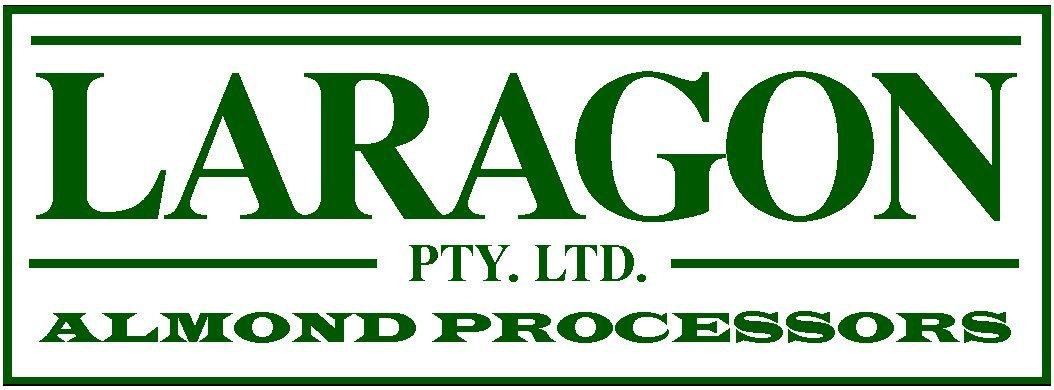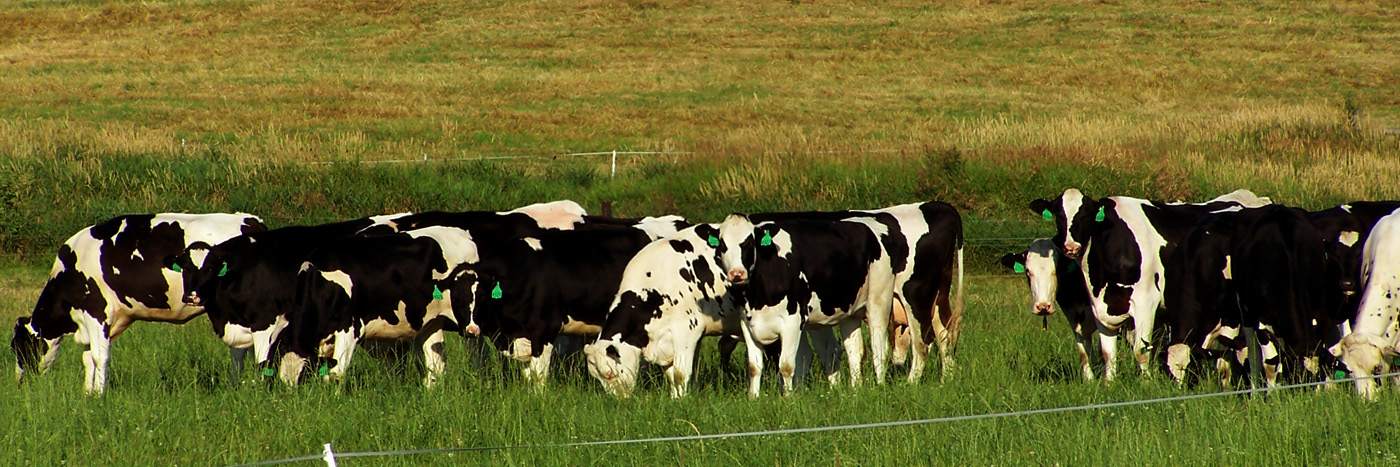Currently Laragon processes approx. 6000- 10000 tonnes of almond kernel per season, (March to July.). This in turn generates 10000-20000 tonnes of hull/shell. Which is marketed by tender for livestock feed. After harvest the hull or husk is mechanically removed from the almond kernel. It should be noted that the hull and shell are separate items, hull being the outer leathery flesh containing the nutritional value for livestock, particularly ruminants.
Almond Hulls
Approximately 95% of almond hull/shell from Laragon is contracted to users as hammer milled product. As the product is ordered it is milled, prior to this, the hull is stored in its unmilled form.
Advantages of this approach are:
- The product will store for extended periods in its unmilled form, with little to nil effect to its nutritional makeup.
- Hammer milling increases the density, giving a positive effect on freight.
Feeding Almond Hulls
Almond Hulls in the United States have been fed extensively with great success for many years. The main users are diary and feed lot cattle.
The popularity and use of almond hull/shell in Australia in cattle feed has increased significantly over recent years, to the point where it is now being used in a lot of cases equally and alongside the more traditionally fed ingredient. Almond hull/shell is normally cheaper by price but not value ingredient.
Dairy Cattle
Almond hull/shell in Australia are fed largely to Dairy cattle, as part of a complete ration. Dairy farmers using Laragon product report that almond hull/shell are readily accepted by the animal, with little change to eating patterns on introduction. The volume inclusion will vary, dependent upon required diet specification and other available ingredients.
Research has shown in the U.S. that the nutritive or energy value of average hulls is equivalent to early and mid bloom Lucerne hay and about 70% the value of barley on an energy basis, they are also a good source of digestible fibre and sugars. – “Nutritional value of Almond Hulls for Dairy Cows” – University of California, Davis
One customer reports : “The ready palatability of the almond hulls makes it unnecessary to ‘train’ heifers or ‘bought in’ stock to feed in the dairy. Ever since we started feeding almond hulls in 1983 the Bogar Guernseys have had the highest herd average production for the breed in South Australia. By feeding a mix of 50% almond hulls 50% rolled barley during milking, average cow consumption of bail feed cost less than $200 per lactation. At times of lush pasture growth I can even reduce the grain content without adverse effects.” – Toni Robinson Mannanarie Stud, Woods Point S.A.
The Bottom Line
Almond hull/shell is a safe, palatable feed, that can be fed alone to supply energy and fibre and are able to balance low fibre, high grain or lush pasture intake. They can also be added when making silage, as a stretcher and to avoid nutrient run off.
In today’s competitive environment almond hulls are: “A cost effective stock feed, generally cheaper per mega joule of energy than alternative stock supplements.”

